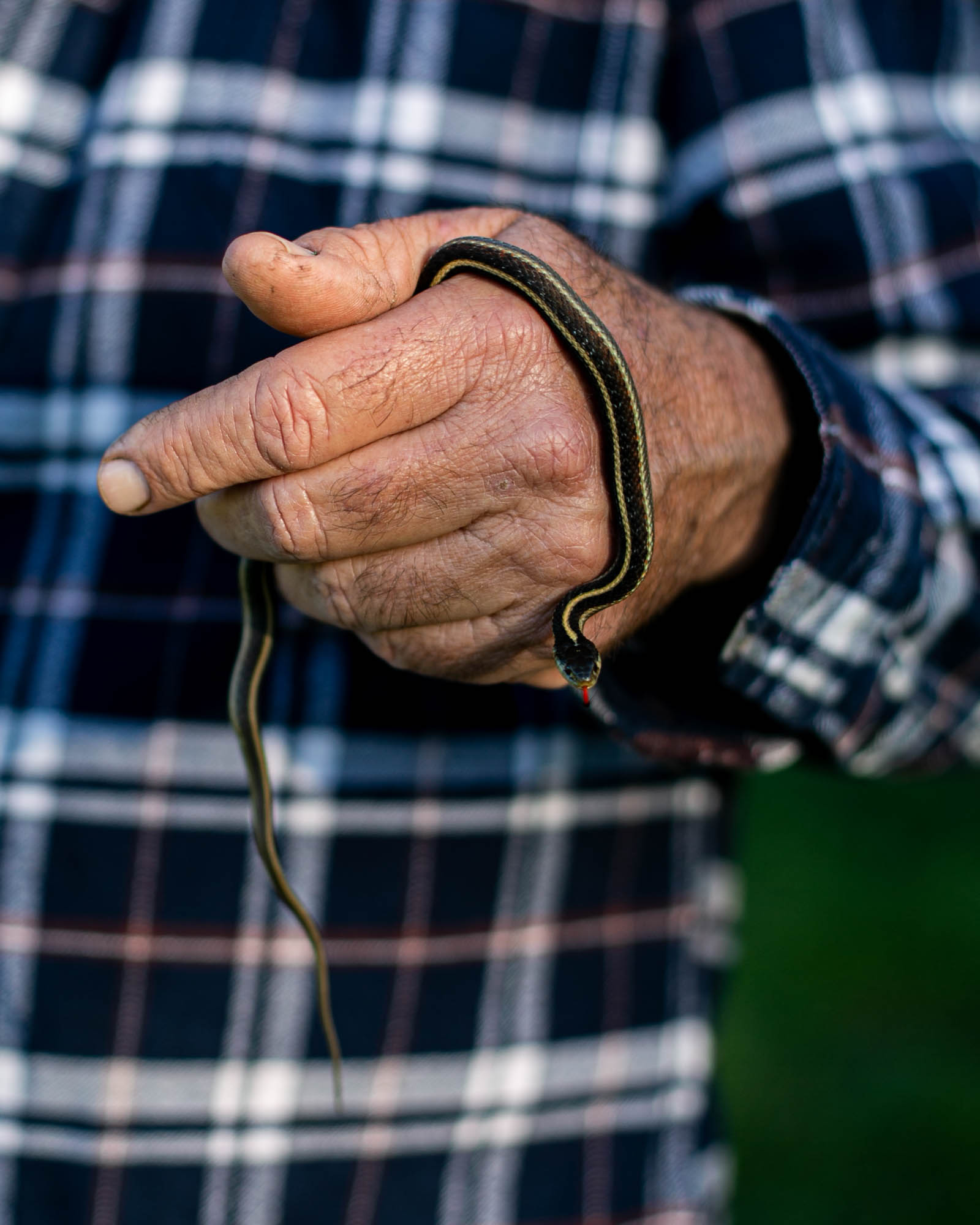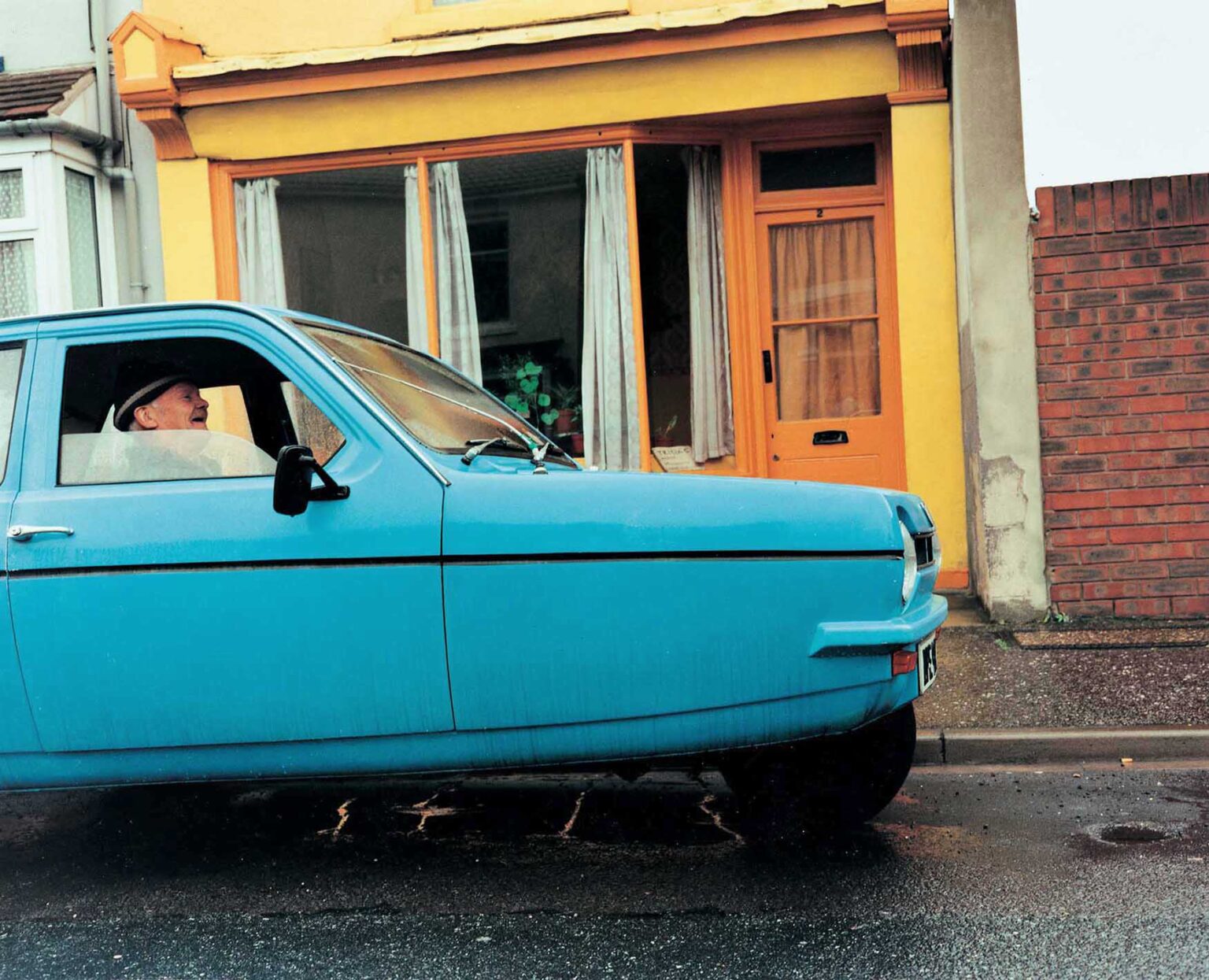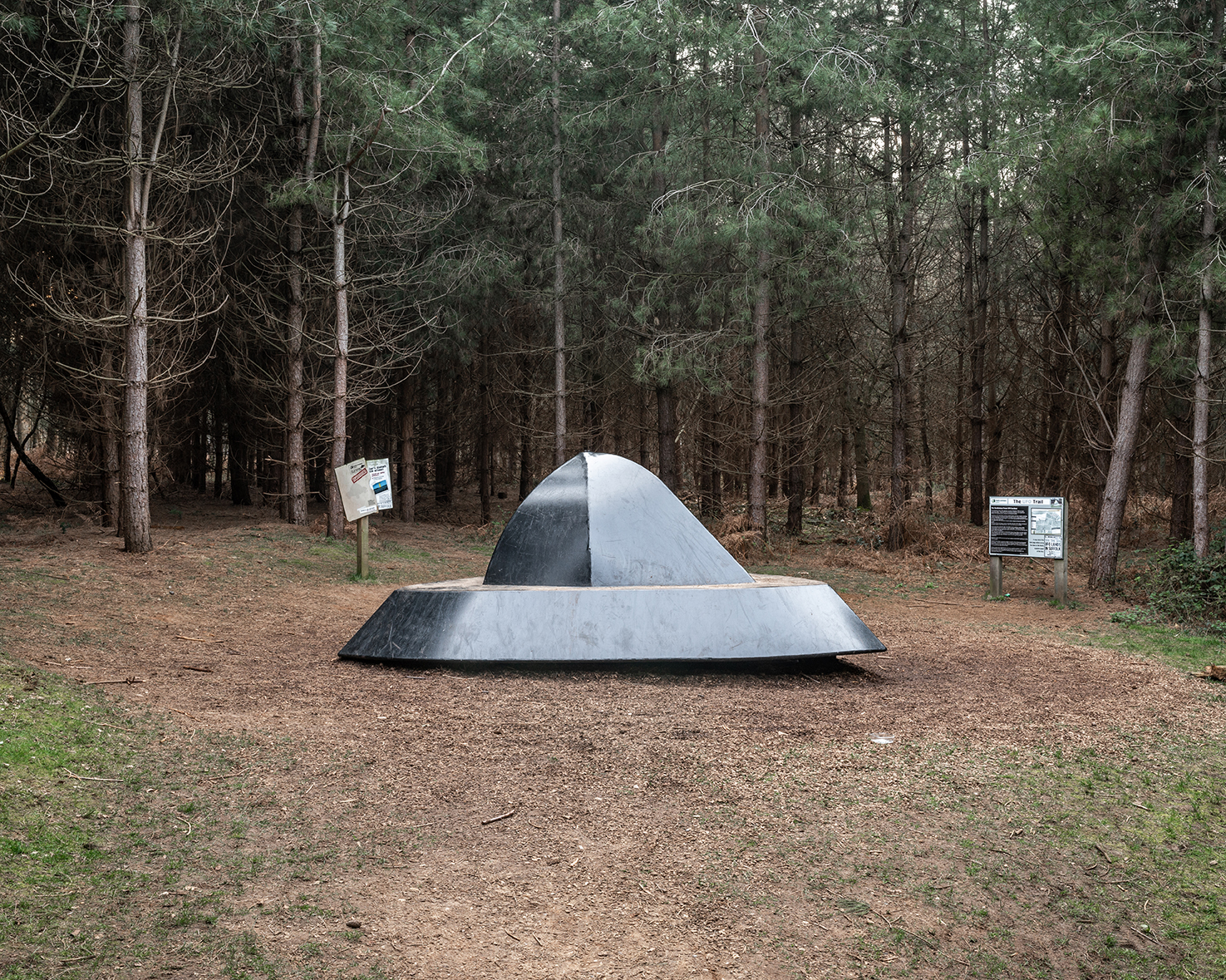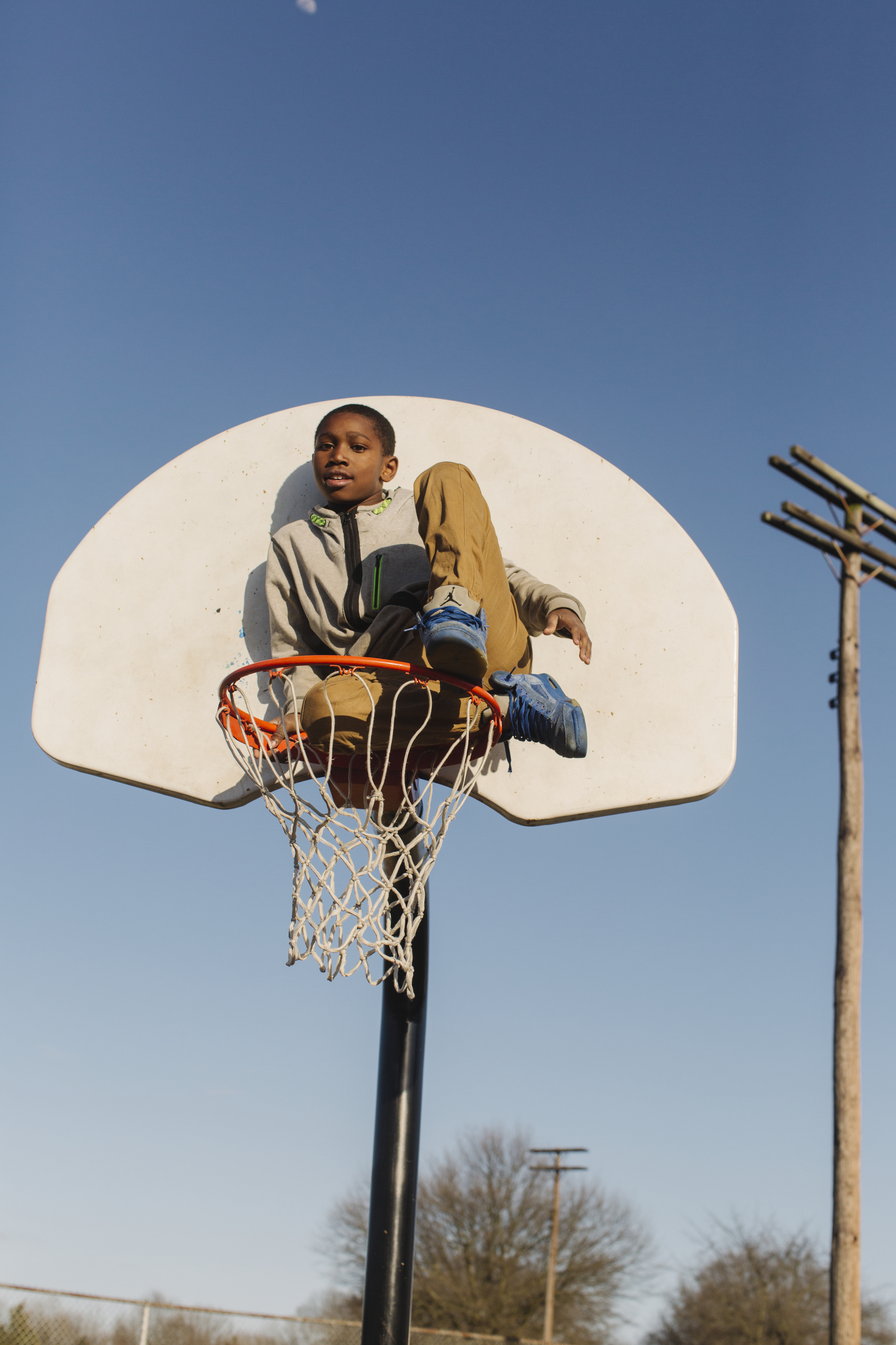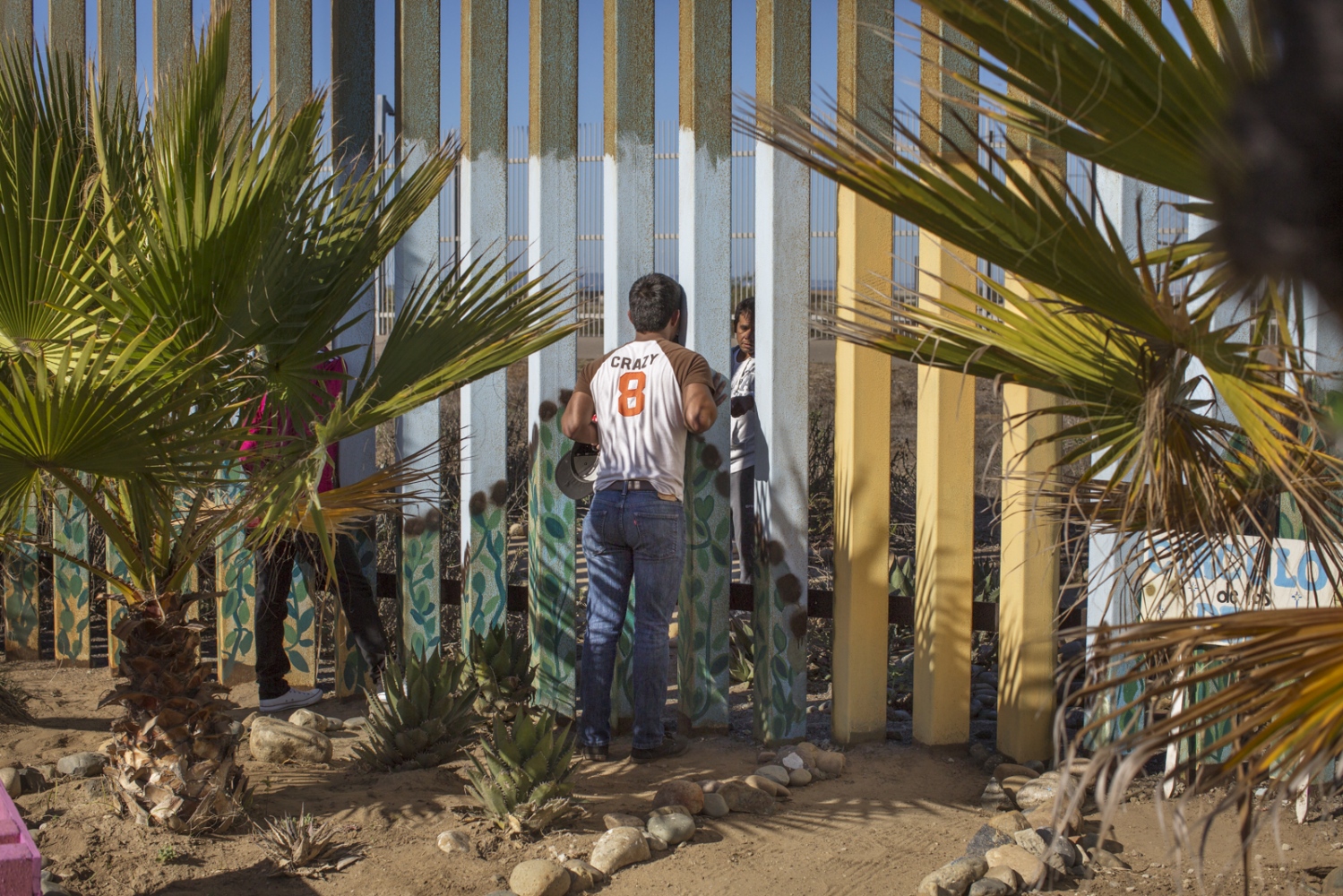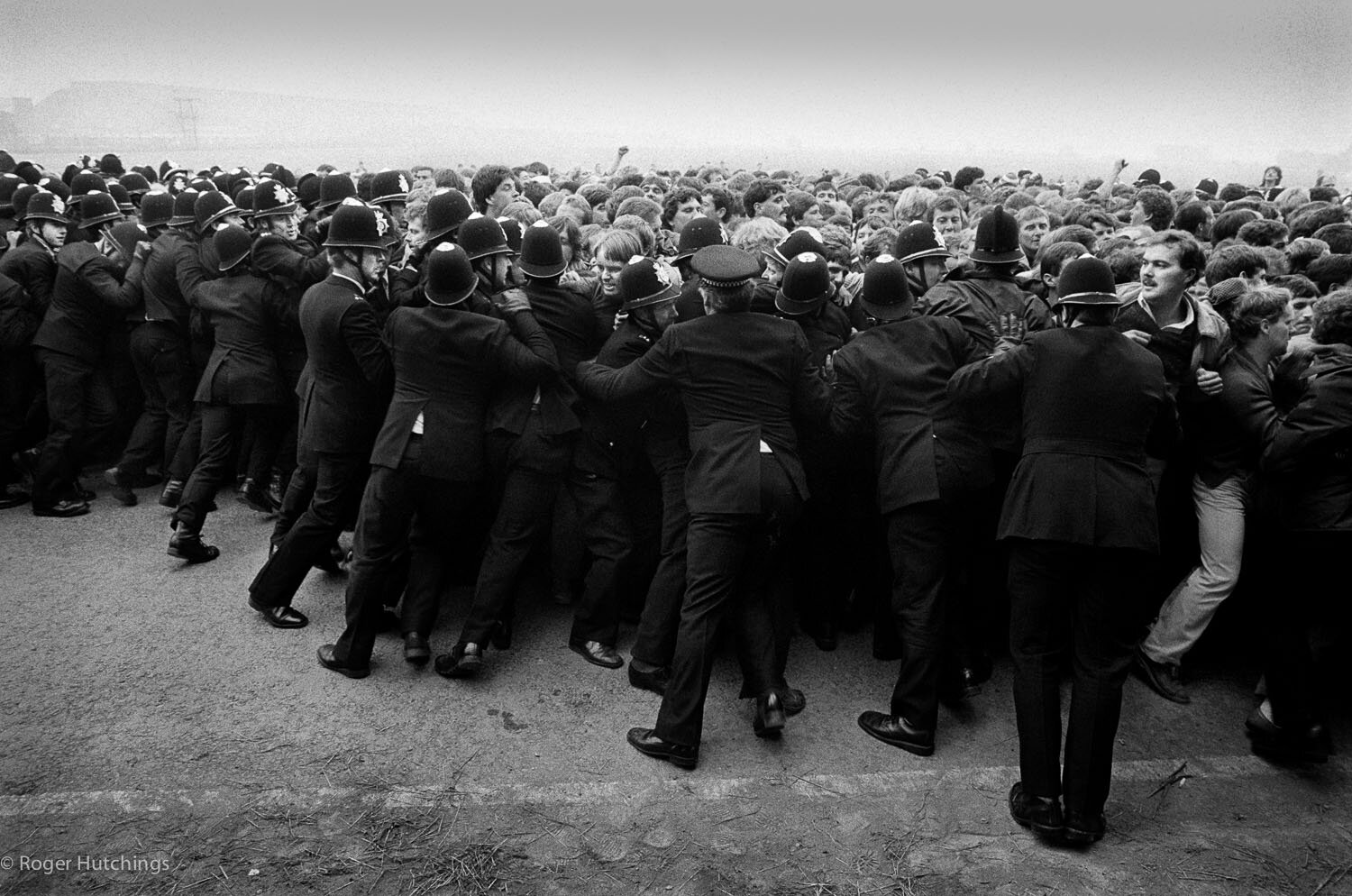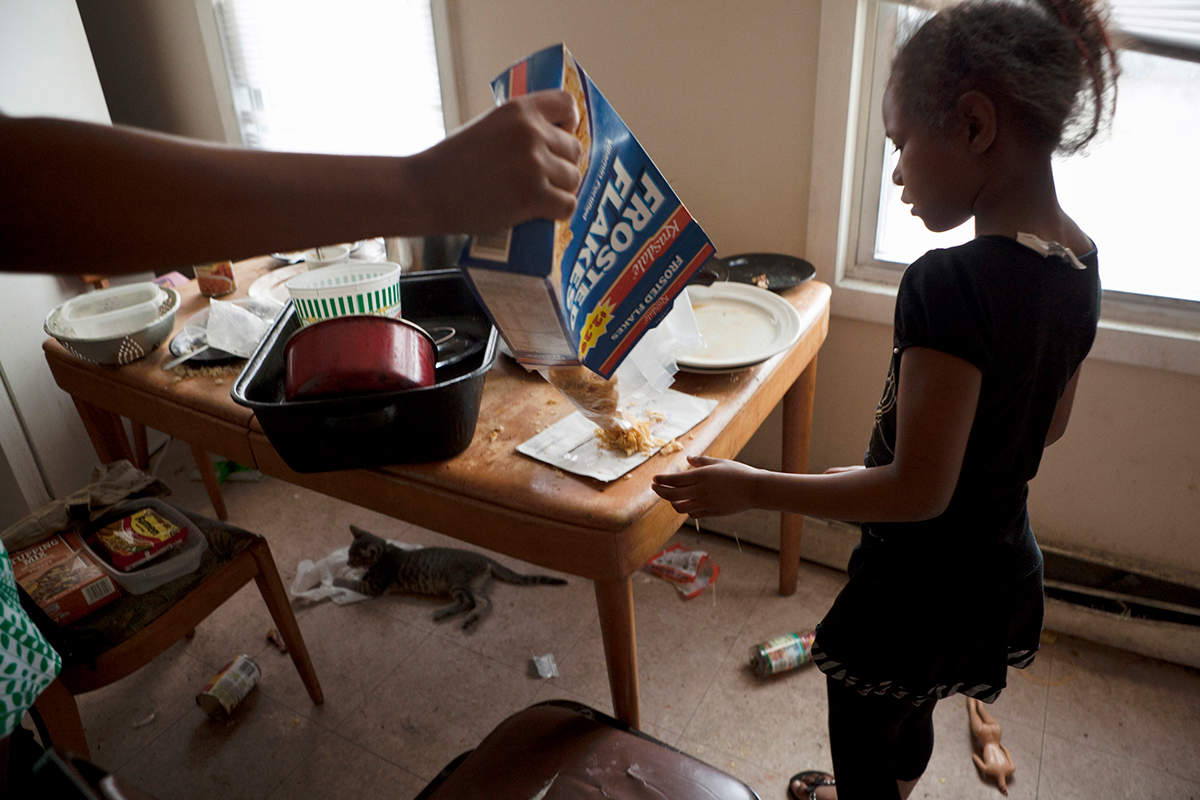Tayla Nebesky is an American photographer based in Bristol, UK. She studied trumpet performance at Manhattan School of Music before pursuing a Masters in Photography at UWE Bristol, which she is in the midst of completing. Recently shortlisted for the Sony World Photography Organisation Awards, she makes photographs of her surroundings in an observational and lyrical manner.
As part of our online content we believe that discussing the efforts, approach and process behind the project are just as important as the story itself. In our category The Process we ask a series of questions that discuss and explore the approach taken in different aspects of creating, looking at new and old projects, we explore the stories, thoughts, meanings and process behind it all from how a project starts, exploring inspirations and reasoning behind work, to the experiences and mindset of developing a project.
JT: How do you start a project?
TN: I have a tendency to work in an organic manner – not planning too much or setting intentions for photographs I would like to make, but instead making photographs of things and moments as they occur around me. Jason Fulford once described in an interview that he believes there are two types of photographers: collectors and sculptors. The sculptor starts from scratch and builds or sets something up and then makes a picture of it, while the collector happens upon scenes or things and makes photographs as those moments come up. While I don’t think this is a hard and fast rule I love this way of describing methods for approaching photography, and firmly believe I am a collector.

JT: How do you first encounter the places and people you work with?
TN: A lot of my favorite photographs that I have made were made in situations and environments in which I am already comfortable. My most recent project, Blue Tongue, was made entirely within the confines of my parents small ranch in California. Having moved away more than ten years prior, I was able to spend a few months there enveloping myself in a place I knew intimately but had always taken for granted.
With portraiture I find myself most attracted to portraits that offer an air of intimacy and honesty that is difficult to foster in a lot of photographic situations. People are so aware of the presence of a camera when they are being photographed, and it can be difficult to move beyond that awareness. Being a very socially anxious person I find making portraits of strangers stressful — there is a mutual vulnerability required when making portraits that I struggle with. I usually photograph those I am close to, because I am able to drop my guard and invite my subject to do the same, culminating in a more intimate portrait.
JT: Have you always wanted to do what you are doing? If not, what made you decide to start?
TN: Prior to moving to the UK I lived in New York, where I studied music. I had intended to pursue a career as an orchestral musician, but during my time in school realized that the lifestyle was not for me. While in school I started photographing my peers, as musicians always need photos. I found photography offered a way of communicating that really clicked with me. I’m glad I studied music, particularly because my peers’ tireless dedication and work ethic was the strongest I’ve witnessed in any field and something I strive for in whatever I pursue.
JT: What other interests do you have?
TN: I’ve always been obsessed with films. Growing up I loved watching old movies; this interest has been the primary influence on my photography and was the reason I started making pictures in the first place.

JT: Do you think there is a driving force that inspires you? Explain.
TN: The primary reason I make photographs is to share things I find beautiful. But I also love the process of making photographs – wandering, looking for things that catch my eye. When I’m out in the world with a camera in hand I find I am more observant and appreciative of the environment around me.
JT: Who is your greatest influence?
TN: My dad.
JT: Who or what has helped you to persevere and not quit?
TN: It’s early yet! There’s still a chance I might give up…

